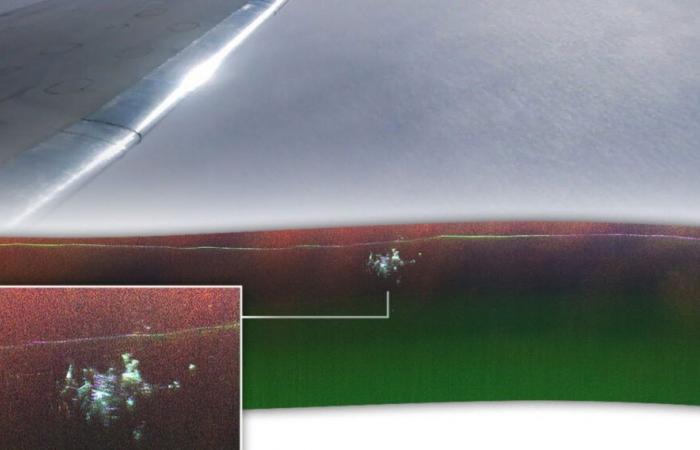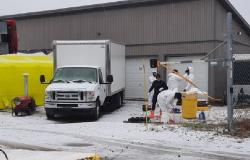Key information
- Camp Century, a hidden US base in northwest Greenland, has been rediscovered by NASA scientists after almost 60 years.
- The site was designed as a clandestine ballistic missile launch site during the Cold War and its true function was kept secret.
- This rediscovery highlights the potential impact of climate change on historic sites buried beneath melting ice.
A “city” hidden under around 30 meters of ice in northwest Greenland has been rediscovered by NASA scientists, almost six decades after it was abandoned as a Cold War-era US base. Camp Century, established in 1959, was designed as a clandestine launch site for ballistic missiles intended for the Soviet Union.
The project, which was to potentially expand to a network of 33 bases, was ultimately abandoned due to the structure being crushed by ice. Its existence has been known for years, but new mapping by NASA scientists Chad Greene and Alex Gardner in April revealed intricate details about the site’s layout. Using radar detection structures during their aerial survey of Greenland’s ice sheets, they came across what appeared to be tunnels built inside the base.
Secret purpose and cleaning debates
Although officially billed as a testing ground for under-ice construction techniques, Camp Century’s true purpose was a closely guarded secret: to establish a concealed launch site in the event of conflict with the Soviet Union. The United States left behind about 200,000 liters of diesel and sewage when it abandoned the camp in 1966, sparking a debate over responsibility for the cleanup. Greenland urged Denmark, which owns the land, to take action, saying the Danes had initially agreed to the project.
Implications of climate change
The rediscovery of Camp Century highlights the potential impact of climate change on historic sites buried beneath melting ice. The continued melting of the Greenland ice sheet exposes not only remnants of past human activity, but also valuable resources such as gold, rubies, diamonds, copper, olivine, marble and oil . However, this melting also poses a significant threat to coastal communities around the world due to rising sea levels.
If you want access to all articles, subscribe here!






